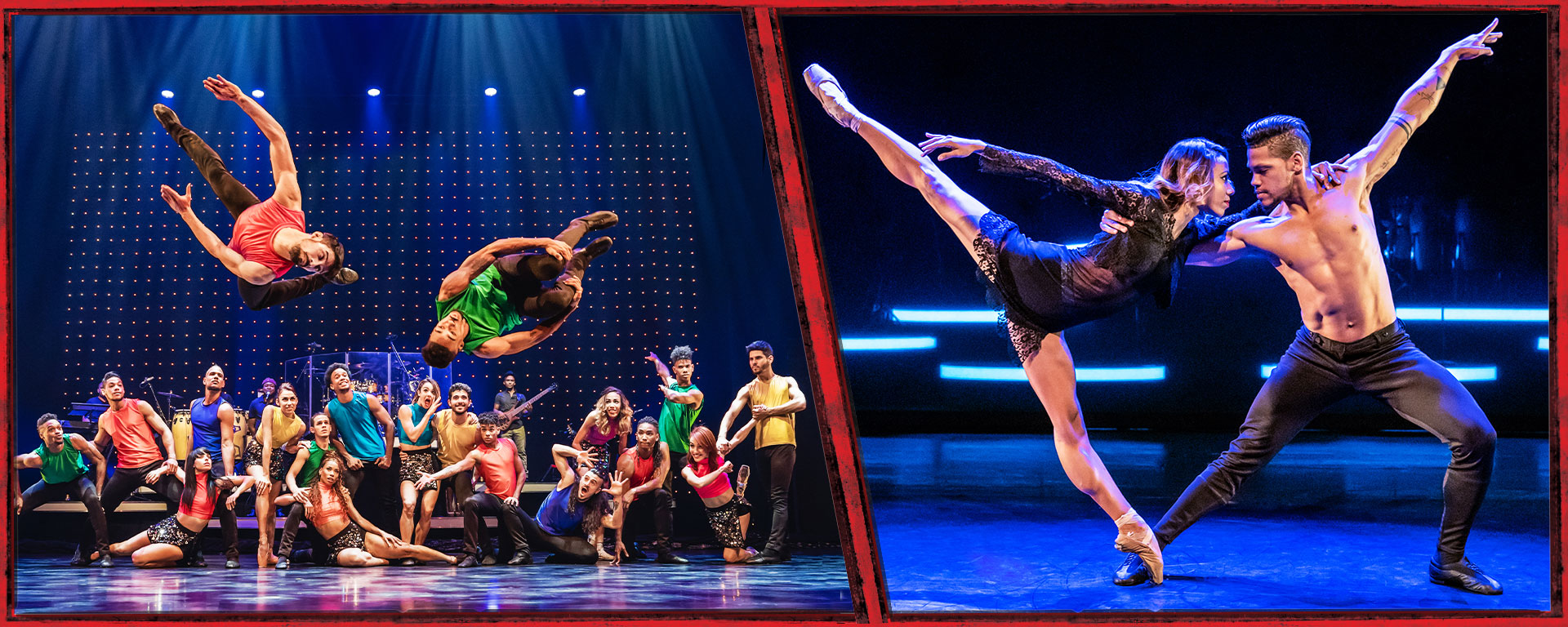ENA and ENB
Dance training in Cuba
Cuba’s Escuela Nacional de Arte (ENA) in Havana is one of the most renowned dance schools in the world. Many of the BALLET REVOLUCIÓN dancers trained here.
Founded in 1961 on a directive by Fidel Castro, it offers free tuition to its students, as is typical for Cuba. As well as dance training, there are courses in drama, music, and fine art. The dance department comprises two strands: ballet and “Danza Moderna y Folklórica”. Graduates of ENA combine great technical prowess with enormous emotional depth. Their exceptional training and virtuosity means that they are in demand all over the world, and are snapped up by the best ballet companies.
From the very beginning, the ENA was able to draw on the great tradition of the Escuela Nacional de Ballet (ENB). It began as the Academia de Ballet Alicia Alonso and became part of the ENA on its foundation. The world-renowned Cuban style of Alicia Alonso is taught here.
Since 1965 it has also been possible to train professionally in contemporary dance at the ENA. This is when the strand “Danze Moderna y Folklórica” opened at the school. As well as teaching modern and contemporary dance with a distinctly Cuban inflection, it also offers training in a dance form that originated in Cuba: the Danza Folklórica. It combines Cuba’s musical roots and the dances of Rumba, Son, Mambo and religious Santería dances with African and Spanish percussion and modern theatrical techniques. Totally unique to Cuba, this art form exists nowhere else in the world.
Famous Cuban dancers
Alicia Alonso is the founder of Cuban classical ballet. Born in Havana in 1920, she emigrated to the USA and was the first Hispanic dancer to join what is today the New York City Ballet. She worked with the most renowned choreographers of the 20th Century, dancing and creating lead roles with the American Ballet Theatre and the Ballet Russes de Monte Carlo. From 1948 she danced in her own company, the Ballet Alicia Alonso. In 1951 she founded the Academia de Ballet Alicia Alonso, which ten years later became part of the Escuela Nacional de Arte (ENA). Today, the ENA is one of the most famous dance schools in the world. Most of the dancers in BALLET REVOLUCIÓN trained here.
Ramiro Guerra Suárez is the father of modern dance in Cuba. Following his ballet training in Havana in the 1940s, he joined the Ballet Russes the Monte Carlo. During performances in New York in 1946 he came into contact with artists from the avant-garde of modern dance at the time, among them Martha Graham, Doris Humphrey, Charles Weidman and José Limon. Returning to Cuba around 1950, he began to combine modern dance with Latin American dance traditions. He founded the Danza Contemporánea de Cuba, which remains the most important company for modern and contemporary dance in Cuba, and the cradle of the specifically Cuban style.
Carlos Acosta, one of the greatest dancers of our time, was born in Havana as one of eleven children of a truck driver. He dreamed of a career as a professional footballer. However when he was nine years old, his father sent him to the Escuela Nacional de Ballet (ENB), part of the renowned performing arts school ENA, where many of the BALLET REVOLUCIÓN dancers trained. It was the beginning of an extraordinary dance career: gold medal at the Prix de Lausanne in 1990, principal at the Cuban National Ballet, the Houston Ballet and the Royal Ballet in London. Carlos Acosta has danced virtually every lead male role in the classical repertoire.

